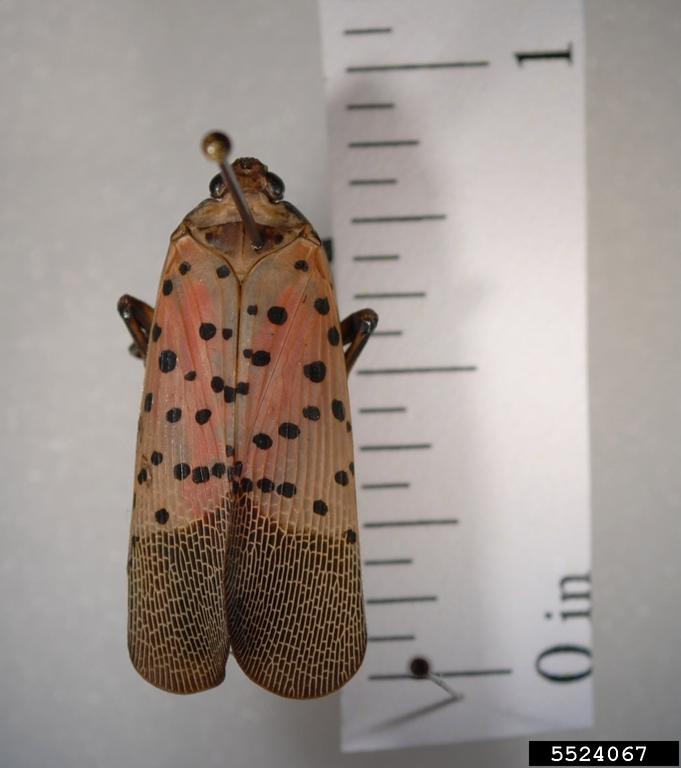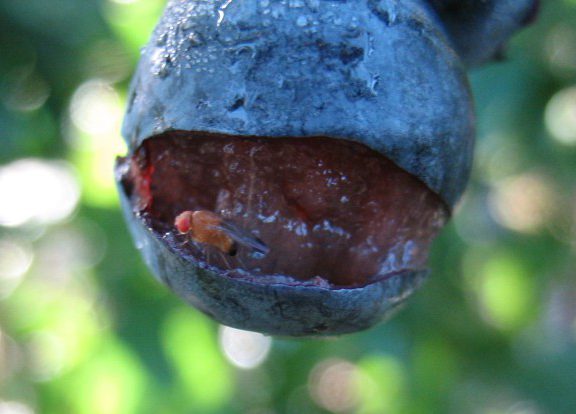Monitoring
-

The University of Georgia Cotton Team will be keeping an eye out this upcoming season for cotton jassid or two-spot cotton leaf hopper, which was spotted in several counties in Florida last year. Phillip Roberts, a UGA Extension cotton entomologist, spoke about the cotton jassid at a recent Georgia Cotton Commission meeting, according to Southeast…
-

Dr. Ash Sial, Blueberry Entomologist and UGA IPM Program Coordinator Blueberry, blackberry, raspberry, and strawberry growers throughout the southeast region and nationally are invited to attend an upcoming stakeholder listening session where they will be asked to share their experiences, concerns and needs with researchers regarding thrips management in their small fruit production systems. The session will…
Posted in: biological control, Blueberry, chemical control, commercial, cultural control, insect pests, Monitoring -

Written By: Dr. Ash Sial, Department of Entomology, University of Georgia Scales are a large group of insects (superfamily Coccoidea) in order hemiptera that are minute to small in size and sexually dimorphic – males and females are distinctly different in appearance (Daly et al. 1998). They have unusual lifecycle; females have incomplete metamorphosis (egg-immatures-adult),…
-

Written by: Emily Cabrera, UGA IPM Communications Coordinator Experts/Sources: Elizabeth McCarty, Forest Health Specialist, University of Georgia and Rebekah Wallace, EDDMapS Coordinator & Bugwood Images Coordinator, Center for Invasive Species and Ecosystem Health As of June 2022, North Carolina has an established population of Lycorma delicatula, an invasive insect pest of trees and vines including a…
-

Written By: Emily Cabrera, IPM Communications CoordinatorExpert/Source: Dr. Brett Blaauw, Peach Entomologist With the onset of warmer, longer days, an array of pink blooms from peach, cherry, and plum trees break forth – the first signs of spring. And while most of us enjoy this seasonal shift, fruit tree growers prepare their orchards for the…
Posted in: chemical control, commercial, cultural control, homeowner, insect pests, Monitoring, Peaches, Prevention -

Ash Sial1, James Jacobs2, Zack Williams3, and Renee Allen31Department of Entomology, University of Georgia, 2UGA Extension, Pierce County, and 3UGA Extension, Bacon County Although blueberry gall midge has historically been referred to as a rabbiteye problem, recently it has been reported to be a concern in some southern highbush fields. The majority of the highbush…
-

Written By: Emily Cabrera, IPM Communications CoordinatorExpert/Source: Bob Kemerait As weather in south Georgia turns hot and humid – with rain in the forecast – the spread of fungal diseases in corn, peanut and soybean is advancing quickly. University of Georgia Extension Plant Pathology Specialist, Bob Kemerait, is urging county Extension agents to take action…
-

A new in-service training series is set to begin this fall that will provide Extension agents in the southeast with the latest information on integrated pest management within various commodity areas. Trainings will be led by specialists from the University of Georgia with invited speakers from institutions within the Southern Region Small Fruit Consortium (SRSFC).…
-

Written By: Ash Sial, University of Georgia Blueberry Entomologist The spotted wing drosophila (SWD), Drosophila suzukii (Matsumura) (Diptera: Drosophilidae) is an invasive and economically important pest of many soft-skinned fruits such as blueberries, blackberries, raspberries, strawberries, cherries, and other. Since its first detection in California in 2008, SWD spread rapidly across the United States. It…
Posted in: Blueberry, chemical control, commercial, cultural control, insect pests, Monitoring, organic